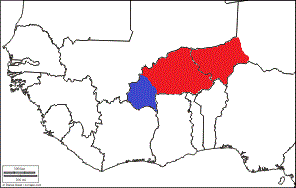
In addition, Nehru was highly committed to fighting against colonialism, imperialism, racism, and apartheid, and to creating a new international economic order which would be fair and equitable and safeguard the interests of developing countries. Nehru was one of the architects of the Non-Aligned Movement his objective was not to stay neutral on issues and challenges confronting the international community but to adopt common and joint positions based on the merits of each case.

The term “non-alignment” was coined by Shri V K Menon, in his speech at the United Nations in 1953, which was later used by Indian Prime Minister, Shri Jawahar Lal Nehru during his speech in 1954 in Colombo, in which he described the Panchsheel (five restraints) which would later become the basis of the Non-Aligned Movement.

In this context, the underdeveloped countries, most of them in Asia and Africa, felt the need to join efforts for the common defense of their interests, the strengthening of their independence and sovereignty, the cultural and economic revival of their people, and also to express a strong commitment with peace by declaring themselves as “non-aligned” from either of the two nascent military blocks.ĭuring the early days of the movement, its actions were a key factor in the decolonization process, which led later to the attainment of freedom and independence by many countries and the establishment of new nation-states. The creation and strengthening of the socialist block after the defeat of fascism in World War II, the collapse of colonial empires, the emergence of a bipolar world, and the formation of two military blocks (NATO and the Warsaw Pact) brought about a new international context that led to the necessity of multilateral coordination between the countries of the global South.

The Non-Aligned Movement (NAM) was founded during the collapse of the colonial system and the independence struggles of the people of Africa, Asia, Latin America, and other regions of the world at the height of the Cold War.


 0 kommentar(er)
0 kommentar(er)
